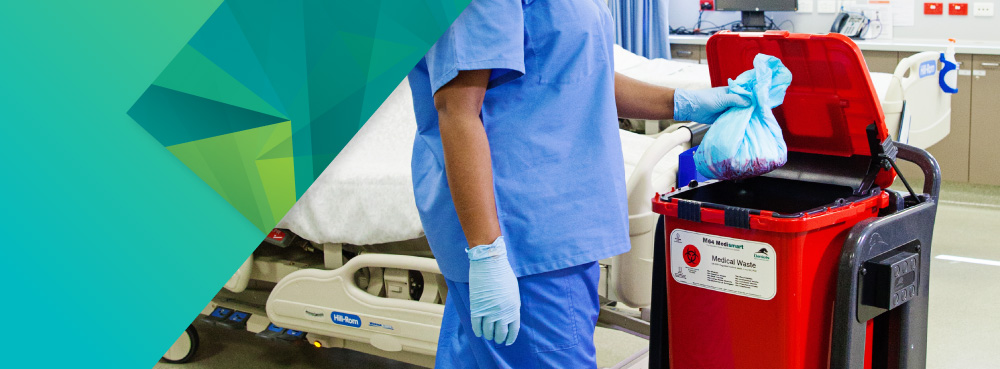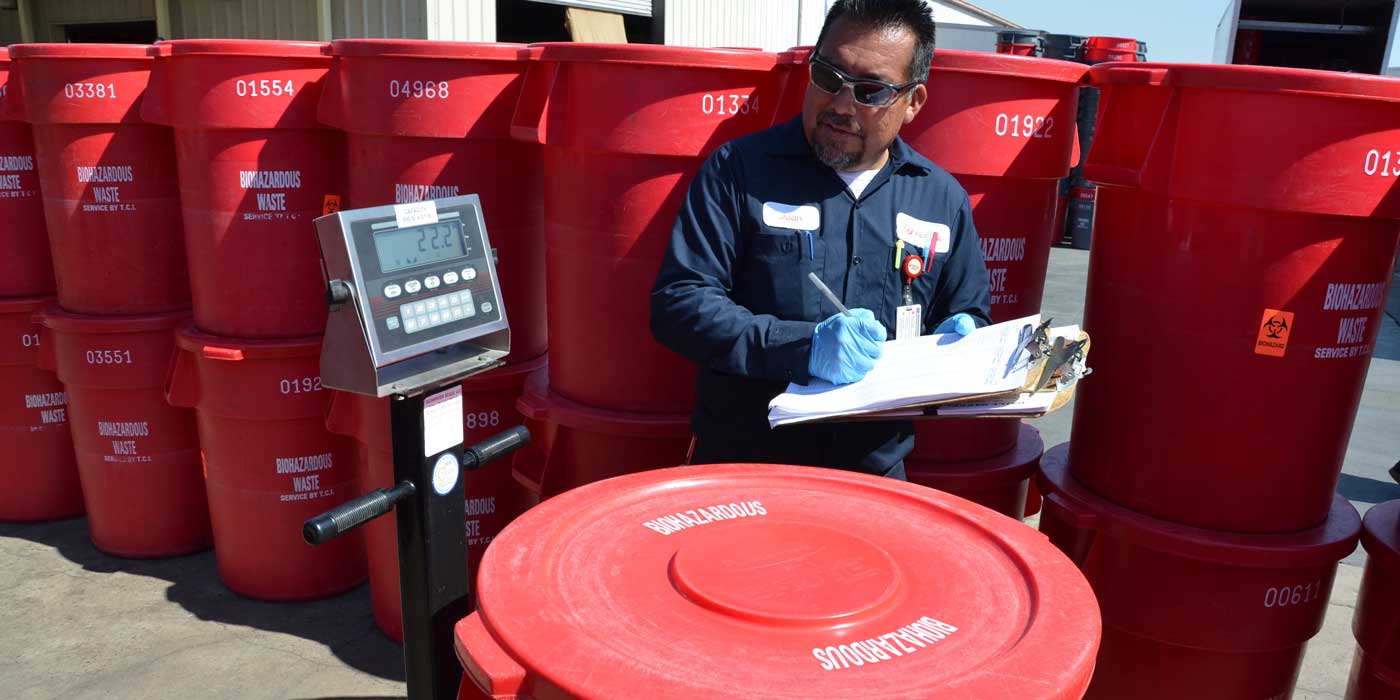Navigating Security: The Necessary Overview to Medical Waste Disposal Ideal Practices
Navigating Security: The Necessary Overview to Medical Waste Disposal Ideal Practices
Blog Article
Understanding the Different Sorts Of Garbage Disposal Techniques
In the realm of waste management, the variety of disposal strategies readily available today is vast and varied, each technique serving an unique objective in resolving the challenge of waste disposal. click here. From reusing approaches that intend to provide brand-new life to products, to the elaborate processes of harmful waste monitoring, the landscape of waste disposal is complex yet vital for ecological sustainability. Recognizing the subtleties of these different techniques not only sheds light on the significance of accountable waste administration yet additionally motivates us to reassess our approach in the direction of waste disposal in a rapidly evolving world

Recycling Approaches
Recycling methods are critical for lasting waste management techniques in both commercial and domestic setups. medical waste removal near me. By executing reliable recycling methods, a significant quantity of waste can be diverted from land fills, conserving natural deposits and minimizing the environmental effect of production procedures
In residential locations, curbside recycling programs play a vital function in motivating homes to different recyclable materials from general waste. Products such as paper, plastics, glass, and metals can be arranged and accumulated for processing right into brand-new products, minimizing the need for raw products and energy-intensive production processes.
Industrial facilities additionally depend on recycling approaches to minimize waste generation and promote a round economy. By executing closed-loop systems, organizations can reuse materials within their manufacturing processes, minimizing prices and environmental footprint. medical waste disposal. Furthermore, commercial recycling programs usually involve partnerships with specialized reusing centers to make certain that materials are correctly sorted, refined, and rehabilitated right into the supply chain
Composting Strategies

Oxygenated fixed pile composting entails mixing organic waste products in a large heap and on a regular basis turning it to ensure appropriate aeration. This approach is effective for large composting operations. On the various other hand, vermicomposting uses earthworms to break down natural matter right into nutrient-rich spreadings. This method is well-suited for smaller-scale procedures and households.
In-vessel composting includes positioning natural waste in a closed container with controlled conditions for temperature and oygenation. Windrow composting consists of creating long rows of natural waste and routinely transforming them to promote decay - medical waste removal.
Land Fill Disposal
Garbage dump disposal is a generally used approach for managing waste that can not be recycled or composted. It entails burying waste in assigned locations of land, with proper safety measures to protect against environmental contamination. Garbage dumps are crafted centers developed to separate waste from the surrounding setting. The waste is compacted and covered with soil everyday to lower odors, discourage bugs, and decrease the spread of litter. Modern landfills are outfitted with protective liners and keeping an eye on systems to protect against leakage of damaging compounds into the dirt and groundwater. Methane gas, a byproduct of breaking down natural waste in garbage dumps, is usually collected and used as a source of renewable resource. In spite of innovations in land fill modern technology, concerns remain about the long-term environmental impacts, such as groundwater contamination and greenhouse gas emissions. Efforts to reduce reliance on landfills consist of advertising waste decrease, reusing, and checking out alternate waste disposal techniques to reduce the environmental footprint related to traditional land fill disposal techniques.

Waste-to-Energy Incineration
Incineration of waste for energy generation is an approach increasingly being thought about as a choice to traditional garbage dump disposal strategies. Waste-to-energy incineration involves the combustion of waste materials at heats, generally in specialized facilities made to generate electrical power or warmth via the process - click here. This strategy not only minimizes the quantity of waste that would otherwise be predestined for landfills however likewise harnesses the warmth created throughout incineration to create energy
Among the key advantages of waste-to-energy incineration is its capability to create electricity while reducing the ecological influence contrasted to conventional garbage dump disposal techniques. By transforming waste right into power, this approach helps in decreasing greenhouse gas discharges and dependence on nonrenewable fuel sources for power generation. Additionally, waste-to-energy facilities are equipped with sophisticated air pollution control innovations to alleviate possible ecological toxins launched throughout the burning procedure.
Contaminated Materials Monitoring
.jpg)
Considering the crucial significance of responsible waste monitoring techniques, specifically in the realm of ecological sustainability, the focus now changes in the direction of the complex domain of Hazardous Waste Management. Contaminated materials postures considerable risks to both human health and the setting, requiring specialized handling and disposal techniques. Usual examples of contaminated materials consist of chemicals, batteries, pesticides, and electronic waste.
Unsafe Waste Administration involves the recognition, collection, transportation, treatment, and disposal of products deemed possibly harmful or harmful. This procedure requires adherence to rigorous policies and standards to alleviate adverse effect on communities and public wellness. Different approaches are utilized in taking care of harmful waste, consisting of recycling, safe landfills, encapsulation, and chemical treatment.
Correct Contaminated Materials Monitoring is important for protecting against contamination of soil, water resources, and air pollution. It is vital for sectors, labs, medical care facilities, and other generators of unsafe waste to implement robust monitoring strategies, training programs, and emergency feedback plans to guarantee the risk-free handling and disposal of these products. Failure to handle contaminated materials suitably can have far-reaching repercussions, emphasizing the importance of persistent and accountable practices in this field.
Final Thought
Finally, garbage disposal strategies play an essential function in managing and lessening the influence of waste on the setting. From reusing and composting to land fill disposal view and waste-to-energy incineration, each method has its own benefits and limitations. Proper management of dangerous waste is likewise vital to secure public wellness and the setting. It is essential for sectors and individuals to recognize the various waste disposal methods available and choose one of the most suitable technique for lasting waste monitoring.
In the realm of waste administration, the selection of disposal techniques readily available today is substantial and differed, each technique offering an unique function in resolving the difficulty of waste disposal. click here. From reusing approaches that aim to provide brand-new life to products, to the intricate procedures of unsafe waste monitoring, the landscape of waste disposal is complicated yet important for environmental sustainability. Comprehending the nuances of these various strategies not just loses light on the significance of liable waste administration however additionally prompts us to reconsider our strategy towards waste disposal in a swiftly progressing globe
Efforts to decrease reliance on garbage dumps consist of advertising waste decrease, reusing, and exploring different waste disposal methods to decrease the ecological footprint linked with standard garbage dump disposal methods.
It is vital for industries and individuals to comprehend the different waste disposal methods available and choose the most suitable method for sustainable waste monitoring.
Report this page